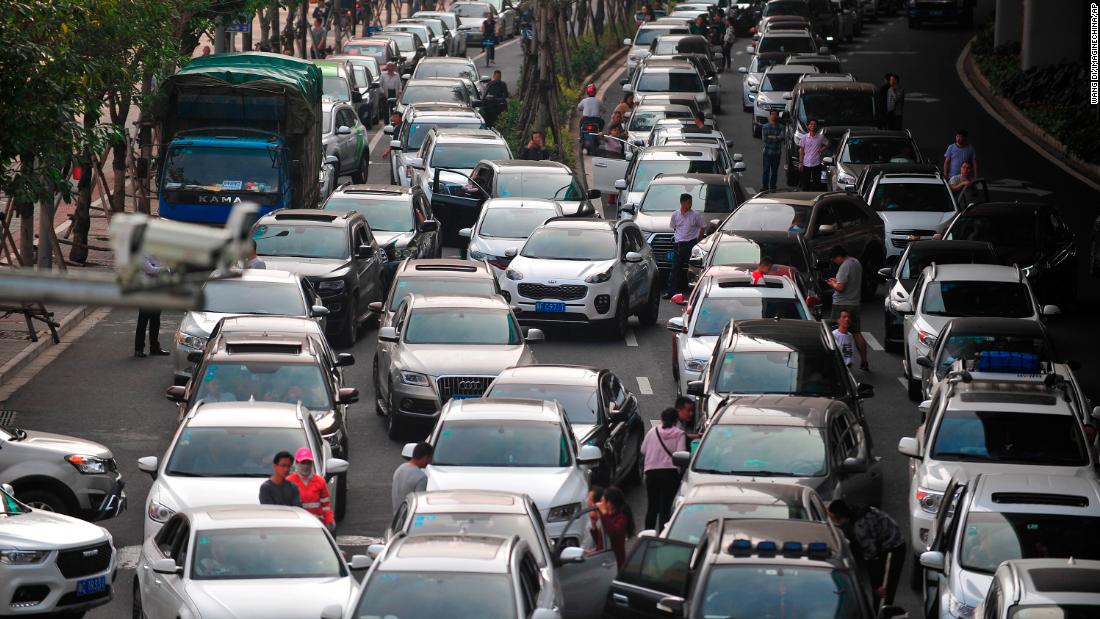
In a statement, the provincial government vowed to be “at the forefront of the country,” and become a “top student in the carbon neutralization work, so as to demonstrate a beautiful calling card when making exchanges on climate change internationally.”
“By 2030, there will be a complete ban on the sale of petrol vehicles across the island,” it said.
All newly bought or replaced public vehicles would run on clean energy by 2025, the statement added.
The statement laid out the tropical island’s carbon neutrality plan, which includes measures such as reducing coal use and developing more renewable energy infrastructure, including wind, wave, solar, geothermal and nuclear power.
“The transportation sector is the number one contributor of greenhouse gas emissions,” Margo Oge, board chair of the International Council on Clean Transportation, told CNN. Electrifying the transportation sector “will save many lives,” she added.
China’s carbon conundrum
In September 2020, Chinese leader Xi Jinping declared the country would become carbon neutral by 2060.
Xi even softened his tone on carbon emissions, suggesting that Chinese leaders understand the challenges of their targets.
“Carbon peak and carbon neutrality cannot be realized overnight,” Xi said in January in an online speech at the World Economic Forum. “Through solid and steady steps, China will pursue an orderly phase-down of traditional energy in the course of finding reliable substitution in new energy.”
However, even as the national government wavers on its carbon emission policies, the effects of climate change have become impossible to ignore as China struggles through record rainfall and unrelenting heat waves this summer.
The rainy season broke records in parts of the country, with severe flooding and landslides in much of southern China, killing dozens and displacing millions.
The country’s Yangtze River has dried up in parts, impacting six provinces along the vital waterway and threatening water supply for tens of thousands of people.
